Appendix
Appendix 1: Song of Rubber Tapper and Song of Picking Spiral Shells
The Song of Rubber Tapper and the Song of Picking Shells were created by Chin Sit Har, who had lived in Tekong Island in the 1940s. The two Hakka songs reflected the lives of residents on the island. They were discovered by Chen Poh Sheng  from the tape of oral interviews in the Oral History Department, Singapore. The lyrics were turned into words with the cooperation of Hakka predecessors: Liang Xhao Hui
from the tape of oral interviews in the Oral History Department, Singapore. The lyrics were turned into words with the cooperation of Hakka predecessors: Liang Xhao Hui  , Gao Hua Chang
, Gao Hua Chang  , Li Li Chen
, Li Li Chen  and Chang Zheng Xing
and Chang Zheng Xing  . The two songs are as follows:
. The two songs are as follows:
Song of Rubber Tapper
Tapping rubber at five with light.
Having breakfast at eight.
It's ten after rubber has been tapped and collecting firewood on the way.
Collecting Latex.
It's dusk and cloudy.
Rain falls and wind comes, all hard work is in vain.
Rain ruin latex collection and having rice with water for breakfast.
Plucking wild vegetable as no income for rice.
Straping waist belt and waiting for tomorrow.
Planting banana instead of rubber.
Sweet potatoe, topioca with tapping vegetable pickles.
Everybody works hard together.
Money is saved to support the family.
Go to field after harvesting rubber.
Cultivate field with a hoe.
Sun shines, Wind blows and rain falls.
The hill is full of topioca and others.
Weeds are rooted out for growing rice and others.
Vegetables and topioca are all around the hill.
As the rain season is coming, nothing to be afraid as food has been stored.
Harvest rubber in the morning and read in the afternoon.
Be busy supporting the family.
Study hard to rise in the society.
Raise poultry and pig, plant vegetable and sweet potato.
Get up at daybreak and work till night.
Finally have a plentiful harvest.
All the family is pleased with enough food.
It's worthy being industrious and thrifty.
Everybody knows it.
Lyricist: Chin Sit Har
Song of Picking Shells
Have a meal after collecting latex.
A-niu goes to school in the afternoon.
Big brother picks shells in Kampong Permatang,
I stay at home for housework.
Go to Permatang after working.
The beach is clean on the ebb.
Four friends compete for picking shells.
Friendship might be hurt in the competition.
Everyone goes to different direction.
It's better to pick individual's shells.
All people are happy without competition.
While picking up the shell,
People hear fish swimming.
Fish are found in bottom of the hole.
Catch the fish with a spear.
The sound continues under the stone.
The stone is lifted.
Fish and clam are found and caught.
Fish is caught but hands are bitten.
The basket is filled with fish.
Return home fully supplied.
As the tide wane, crabs swagger east and west.
Chen takes a trap, waiting for the crab to come in.
Shells are picked, crabs and catfish are caught,
together with other fish and clams.
All are in high glee.
The tide is rising quickly,
or more fish would be caught.
Fish is fresh and soft.
Take it home for grandmother.
Return home while tide flow
with basket full of crab, fish and prawn
Plentiful of seafood need not purchased
you can fry, steam etc.
Labour after work is worthy.
It help to be part of house expenses
Whole family enjoy the food
Still able to give away to neighbors.
Lyricist: Chin Sit Har
Source : Ying Fo Fui Kun Bulletin, Issue No. 16 (2008).
Appendix 2: A Brief History of Tian Kong Buddhist Temple
Tian Kong Buddhist Temple was the only temple that was moved to Singapore from Tekong Island. The expense of the reconstruction in Singapore was met by the solatium of the temples' removal and donations from the followers on Tekong Island and Singapore. A brief excerpt of the history of Tian Kong Buddhist Temple is presented in this book so that the readers are able to understand the history and how the reconstruction was assisted of the temple.
Sources of Tian Kong Buddhist Temple on Tekong Island
The story of Tian Kong Buddhist Temple is enthralling but bizarre. The abbot of the temple, Dai Liu Niang, came to Tekong Island from the southern region of China when she was 19 years. With two sons and a daughter, her husband, Chen, made a living by fishing, rubber tapping, planted vegetables and fruit by their own, leading a simple and poor life.
The miracle occurred when Dai was aged 50 years, when she suffered from a weird illness and no doctors could cure her. One day, Goddess Guanyin was reborn in Dai's body and offered two prescriptions and three spells on papers. Dai took the medicine and drank the spelled water, and soon she became conscious. Since then, she had followed the instructions from Guanyin as the second identity of the god of sun to redeem the people in this world.
Tian Kong Buddhist Temple was initiated by Dai and Liu Lun Chun  and it was located in Kampong Pasir Merah in the 1960s. Located in the east and facing the west, the temple was next to the pond in Dai's rubber farm with a green mountain in the back and faced a pond in the west. The nearby environment was filled with singing of birds, fragrance of flowers, green hills and clean water; what a picturesque scenery it was! With Dai's endeavors, many followers went to the temple for worship and it was distinguished in Southeast Asia for its efficaciousness.
and it was located in Kampong Pasir Merah in the 1960s. Located in the east and facing the west, the temple was next to the pond in Dai's rubber farm with a green mountain in the back and faced a pond in the west. The nearby environment was filled with singing of birds, fragrance of flowers, green hills and clean water; what a picturesque scenery it was! With Dai's endeavors, many followers went to the temple for worship and it was distinguished in Southeast Asia for its efficaciousness.
In the 1970s, Tekong Island was commandeered by the government for military purpose. Dai did not like to watch the temple started by her closed down. On 19 February 1984, Dai founded a community center, gathering followers for Tienchao Buddhist Temple, Xi Hua Temple, Tuan Kong Beo Temple, Jiang Fu Temple and residents from Kampong Selabin. The first committee meeting was held for the reconstruction of the temple. They followed related regulations in Registry of Societies and elected for 10 committee members and their positions.
The chairman was Chen Tian Shui  , the secretary Ho Kim Fong
, the secretary Ho Kim Fong  and financial committee member Wang Shou Qing
and financial committee member Wang Shou Qing  . The committee members included Dai Liu Niang (who passed away in 1986), Wen Ming Jun
. The committee members included Dai Liu Niang (who passed away in 1986), Wen Ming Jun  (who passed away in 1990), Tang Wan Ping
(who passed away in 1990), Tang Wan Ping  (who passed away in 1993), Lu Mao Ming
(who passed away in 1993), Lu Mao Ming  (who passed away in 1985), Huang Shuang Wang
(who passed away in 1985), Huang Shuang Wang  Zhang Liang Bao
Zhang Liang Bao  and Chen Rui Fa
and Chen Rui Fa  . Chen Tian Shui was assigned to register the Tian Kong Buddhist Temple as a legal association. On March 15 of that year, the temple was approved legal by Registry of Societies in Registration No. 1046.
. Chen Tian Shui was assigned to register the Tian Kong Buddhist Temple as a legal association. On March 15 of that year, the temple was approved legal by Registry of Societies in Registration No. 1046.
Next page
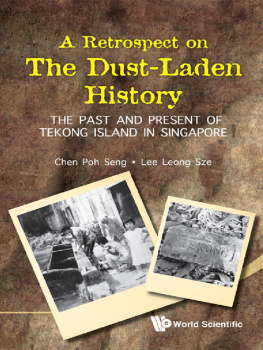

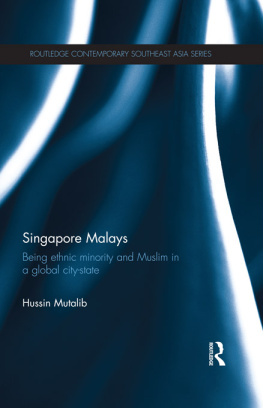
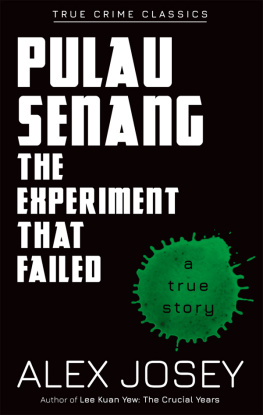

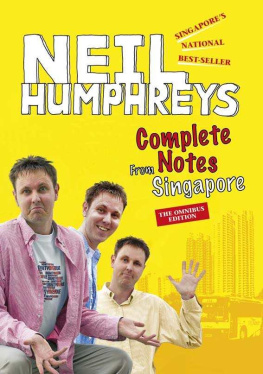
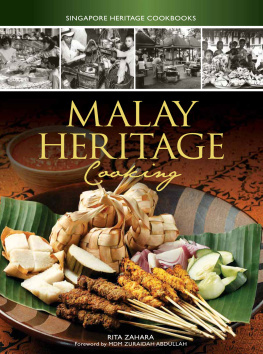

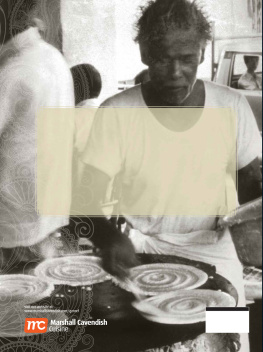
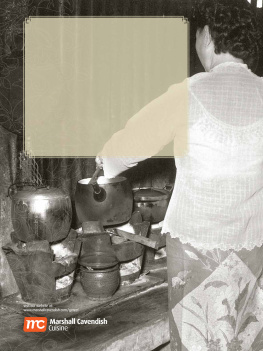
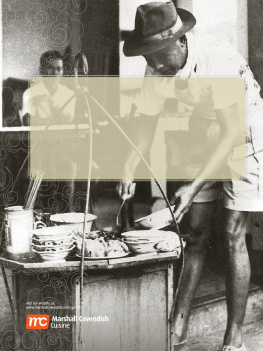
 from the tape of oral interviews in the Oral History Department, Singapore. The lyrics were turned into words with the cooperation of Hakka predecessors: Liang Xhao Hui
from the tape of oral interviews in the Oral History Department, Singapore. The lyrics were turned into words with the cooperation of Hakka predecessors: Liang Xhao Hui  , Gao Hua Chang
, Gao Hua Chang  , Li Li Chen
, Li Li Chen  and Chang Zheng Xing
and Chang Zheng Xing  . The two songs are as follows:
. The two songs are as follows: and it was located in Kampong Pasir Merah in the 1960s. Located in the east and facing the west, the temple was next to the pond in Dai's rubber farm with a green mountain in the back and faced a pond in the west. The nearby environment was filled with singing of birds, fragrance of flowers, green hills and clean water; what a picturesque scenery it was! With Dai's endeavors, many followers went to the temple for worship and it was distinguished in Southeast Asia for its efficaciousness.
and it was located in Kampong Pasir Merah in the 1960s. Located in the east and facing the west, the temple was next to the pond in Dai's rubber farm with a green mountain in the back and faced a pond in the west. The nearby environment was filled with singing of birds, fragrance of flowers, green hills and clean water; what a picturesque scenery it was! With Dai's endeavors, many followers went to the temple for worship and it was distinguished in Southeast Asia for its efficaciousness. , the secretary Ho Kim Fong
, the secretary Ho Kim Fong  and financial committee member Wang Shou Qing
and financial committee member Wang Shou Qing  . The committee members included Dai Liu Niang (who passed away in 1986), Wen Ming Jun
. The committee members included Dai Liu Niang (who passed away in 1986), Wen Ming Jun  (who passed away in 1990), Tang Wan Ping
(who passed away in 1990), Tang Wan Ping  (who passed away in 1993), Lu Mao Ming
(who passed away in 1993), Lu Mao Ming  (who passed away in 1985), Huang Shuang Wang
(who passed away in 1985), Huang Shuang Wang  Zhang Liang Bao
Zhang Liang Bao  and Chen Rui Fa
and Chen Rui Fa  . Chen Tian Shui was assigned to register the Tian Kong Buddhist Temple as a legal association. On March 15 of that year, the temple was approved legal by Registry of Societies in Registration No. 1046.
. Chen Tian Shui was assigned to register the Tian Kong Buddhist Temple as a legal association. On March 15 of that year, the temple was approved legal by Registry of Societies in Registration No. 1046.